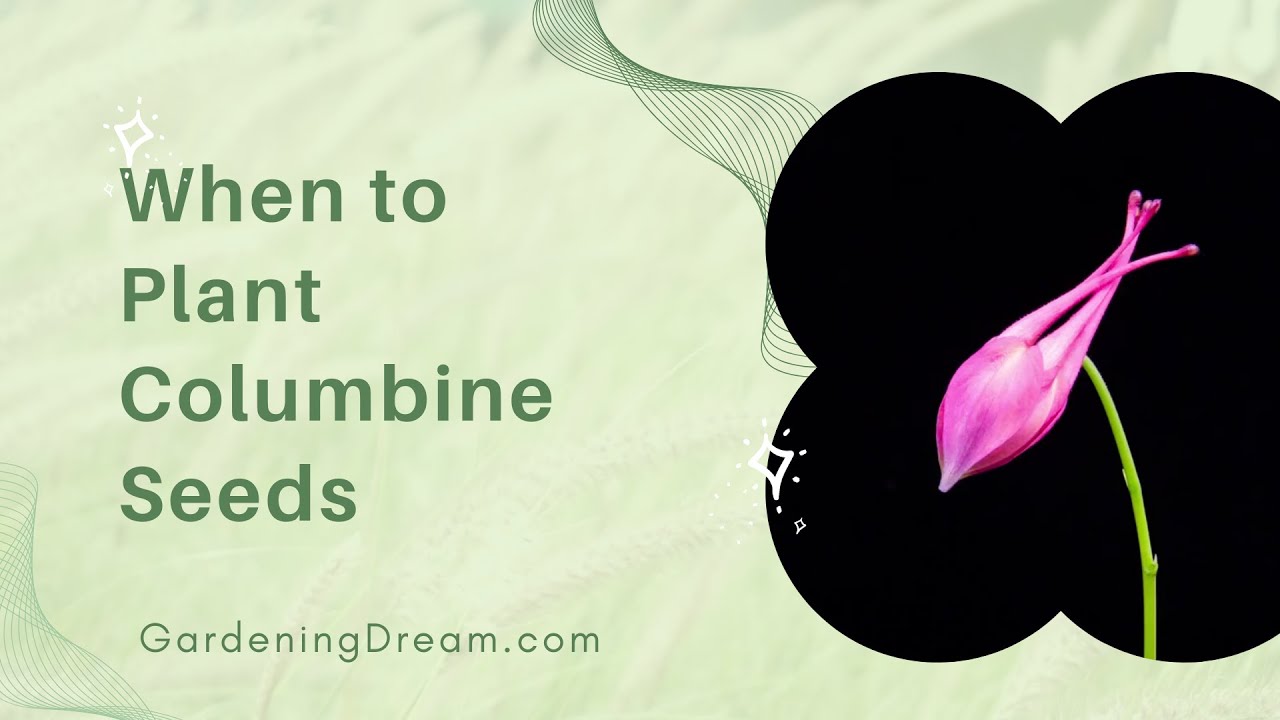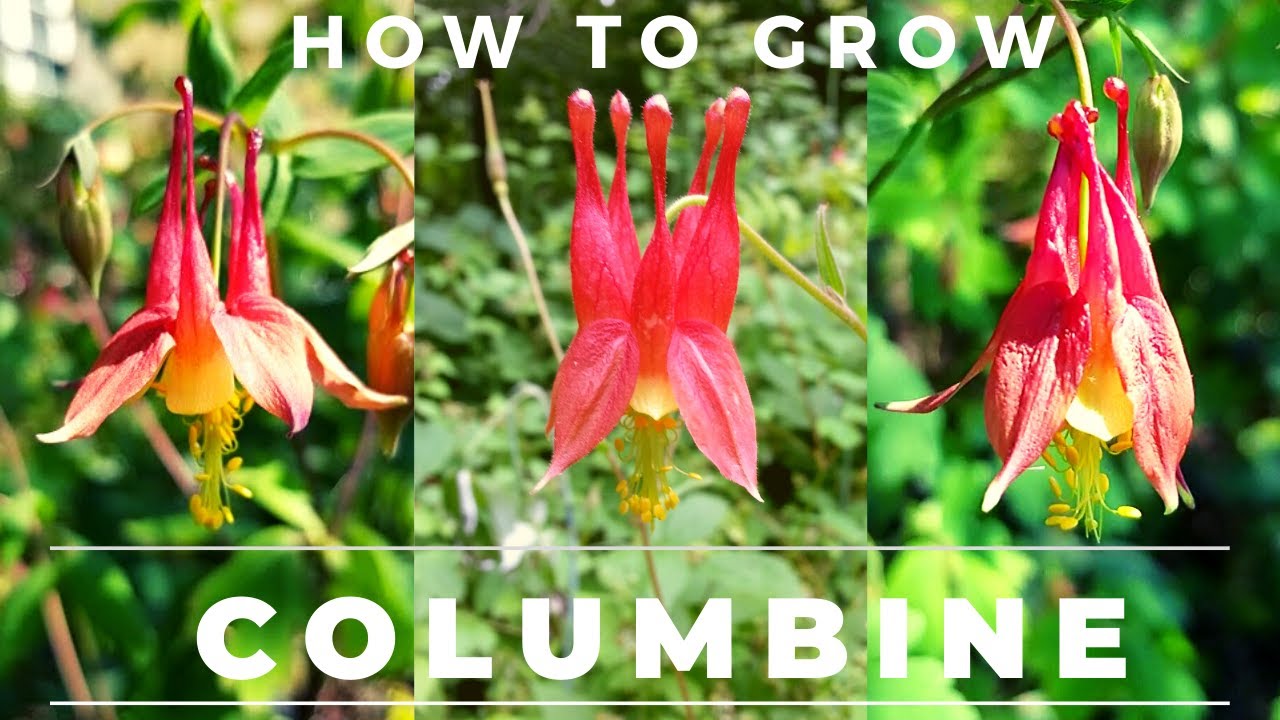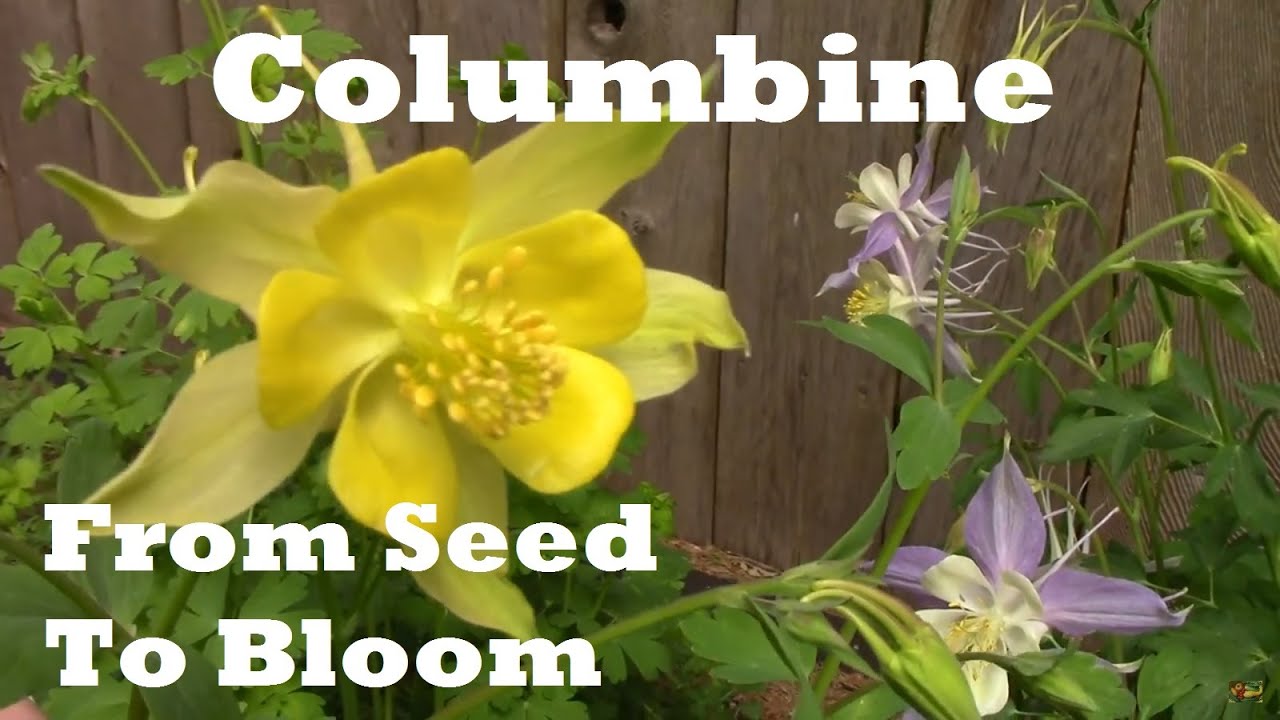Columbine flowers, known for their unique shape and vibrant colors, are a favorite among gardeners. Their delicate blooms can add a touch of whimsy to any garden. If you’re eager to cultivate these charming plants, understanding when to plant columbine seeds is crucial. This comprehensive guide will provide you with all the necessary information on planting columbine seeds, ensuring your garden flourishes with these beautiful perennials.
Understanding Columbine
Before diving into the specifics of planting, let’s take a moment to appreciate what columbine is. The columbine (Aquilegia) is a perennial plant that thrives in various climates and produces stunning flowers that attract bees, butterflies, and hummingbirds. 🌼 These plants can grow anywhere from 1 to 3 feet tall and can be found in a myriad of colors, including blue, purple, red, and white.
When to Plant Columbine Seeds
Timing is everything when it comes to planting columbine seeds. The ideal time to sow these seeds will depend on your local climate and whether you are starting them indoors or directly in the garden.
Spring Planting
For most regions, spring is a favorable time to plant columbine seeds. Aim to sow your seeds about 2 to 4 weeks before the last expected frost. This timing allows the seeds to germinate and take root before the warmth of summer arrives.
Fall Planting
If you live in a milder climate, consider planting columbine seeds in the fall. This method allows the seeds to undergo natural stratification during the winter months, which can lead to more robust seedlings in spring. Ensure the seeds are sown about 6 to 8 weeks before the first expected frost.
Indoor Planting
Starting columbine seeds indoors can extend your growing season. Begin the process 8 to 10 weeks before the last frost date. Use seed trays filled with a light potting mix and keep them in a warm location. 🌱
| Planting Method | Timing | Notes |
|---|---|---|
| Spring Planting | 2-4 weeks before last frost | Ideal for most climates |
| Fall Planting | 6-8 weeks before first frost | Use natural stratification |
| Indoor Planting | 8-10 weeks before last frost | Extend growing season |
Preparing to Plant Columbine Seeds

Once you’ve determined when to plant, the next step is preparation. Here are some essential tips:
Choosing the Right Location
Columbines thrive in partial shade to full sun, but they prefer cooler conditions. Aim for a location that receives morning sun and afternoon shade for optimal growth. 🌞
Soil Requirements
Columbine plants favor well-drained soil with a pH between 6.0 and 7.0. Incorporate organic matter into your soil to improve drainage and nutrient content. Using compost can significantly enhance the soil’s fertility.
> Important Note: Ensure that the soil is not too rich in nitrogen, as excessive nutrients can lead to lush foliage with fewer blooms.
How to Plant Columbine Seeds
Once you’ve prepared your soil and chosen the appropriate time, it’s time to plant your seeds. Here’s how:
Sowing Seeds Directly in the Garden, When To Plant Columbine Seed
1. Prepare the Soil: Rake the soil to create a smooth seedbed. 2. Sow the Seeds: Scatter the seeds lightly over the soil surface and cover them with a thin layer of soil (about 1/8 inch deep). 3. Watering: Gently water the area to ensure the soil is moist but not waterlogged.
Starting Seeds Indoors
1. Fill Seed Trays: Use a seed starting mix to fill your trays or pots. 2. Sow the Seeds: Plant the seeds just beneath the surface of the soil. 3. Moisture: Keep the soil consistently moist and cover with plastic to maintain humidity. 4. Light Exposure: Once seedlings emerge, provide them with bright light (natural sunlight or grow lights).
Aftercare for Columbine Plants: When To Plant Columbine Seed
After planting, proper care is essential for the healthy growth of your columbine plants.
Watering
Columbine plants do not require excessive watering. Water them regularly but allow the soil to dry out between watering sessions to prevent root rot.
Fertilization

Using a balanced, slow-release fertilizer can benefit the plants, especially during the growing season. Follow the package instructions to avoid over-fertilization.
Pest and Disease Management
Columbine is relatively pest-resistant, but keep an eye out for aphids or slugs. You can manage these pests with insecticidal soap or by introducing beneficial insects. Additionally, ensure good air circulation around the plants to prevent fungal diseases.
Harvesting and Enjoying Your Columbine Flowers
As your columbine plants bloom, you will likely want to showcase their beauty. Here’s how to enjoy your flowers:
Cutting Flowers
Columbine makes beautiful cut flowers. To encourage more blooms, cut the flowers when they are fully opened and place them in water. Remember to change the water regularly to prolong their life.
Collecting Seeds
After flowering, columbine plants will produce seeds. If you wish to save seeds for next year, wait until the seed pods dry and brown, then collect them for storage. Store in a cool, dry place until the next planting season.
Creating a Pollinator-Friendly Garden
By planting columbine, you are supporting local wildlife. Their flowers are known for attracting various pollinators, making them a vital part of a pollinator-friendly garden. Consider pairing them with other native plants to enhance biodiversity.
In summary, planting columbine seeds can be a delightful addition to your garden, provided you pay attention to the timing, preparation, and care required. With the right conditions and care, you can enjoy the stunning blooms of columbine for years to come! 🌸
